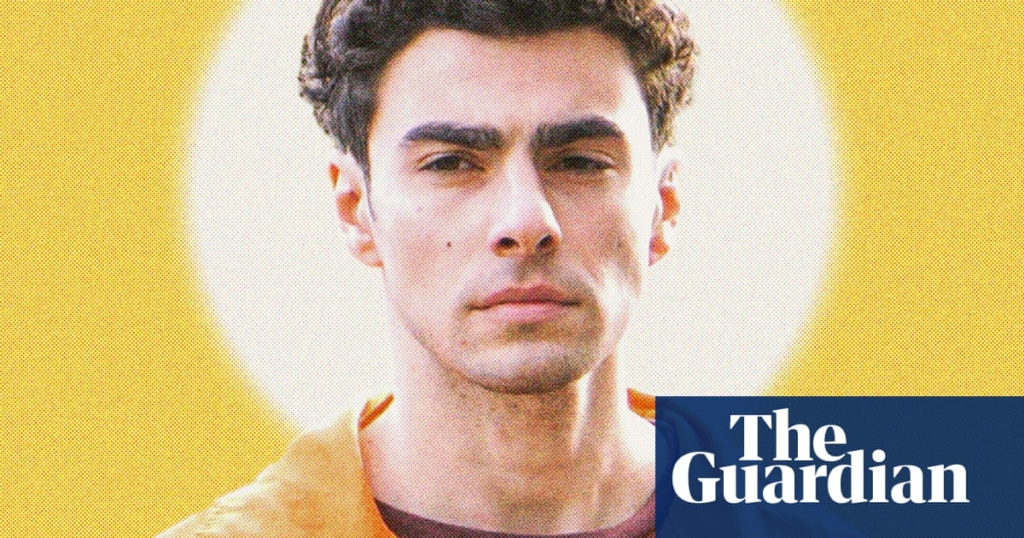Bu içerik, 26 yaşındaki Luigi Mangione’nin United Healthcare CEO’su Brian Thompson’ı vurduğu ve öldürdüğü iddia edilen olayla ilgili medya ilgisini ve bu olayın ardındaki muhtemel motivasyonları ele almaktadır. Mangione’nin tutuklanmasından bu yana, haber raporları, gerçekleştirdiği iddia edilen suçun ardındaki muhtemel nedenleri bir araya getirmeye çalışmaktadır. Bazı raporlar, Mangione’nin sağlık endüstrisine karşı olan iddia edilen nefretinin, belirtildiğine göre, bir bel ağrısı ve buna bağlı olarak cinsel ilişkiye girememesiyle beslendiğini öne sürerek, diğer raporlar ise Mangione’yi zengin bir aileden gelen ve geri çekilmiş biri olarak tasvir etmektedir. Sosyal medyada Mangione’ye sempati gösterilmiş ve bazı durumlarda cinayete karıştığından dolayı kutlanmıştır. Aynı zamanda, Mangione’nin hukuki savunması için bir bağış kampanyası yaklaşık 150.000 dolar toplamıştır. Mangione, Maryland Üniversitesi’nde Afrika Amerikan çalışmaları, tıp antropolojisi ve epidemiyoloji profesörü olan Dr. Joseph Richardson’a göre, bir “şehit” haline getirilmiştir. Ancak, Richardson ekliyor: “Açıkça biliyoruz ki eğer [Mangione] genç bir Siyah erkek olsaydı, hikaye farklı olurdu”. Ayrıca, beyaz erkek şüphelilerin silahlı şiddet olaylarında, özellikle de kitle katliamlarında, haber kuruluşları tarafından daha anlayışla tasvir edildiğini gösteren birkaç çalışma bulunmaktadır. Beyaz şüphelilerin ruh sağlığı sorunları genellikle daha fazla sempatiyle ele alınmaktadır. Örneğin, 2012’de Connecticut’taki Sandy Hook Okulu’nda altı yetişkin ve 20 çocuğu vuran Adam Lanza’nın, bazı haber raporlarına göre ruh sağlığı uzmanları tarafından başarısız olduğu ve zorbalığın kurbanı olduğu belirtilmiştir. 2011 yılında Tucson, Arizona’da 19 kişiyi öldüren Jared Loughner, haber raporlarında “sorunlu” olarak adlandırılmıştır. Ve 1999 Columbine okul saldırısında, birçok haber kuruluşu saldırganların zorba olduklarına dair bir efsaneyi sürdürmüş ve saldırıyı önlemek için hangi kaynakların sağlanabileceği konusunda spekülasyon yapmıştır. Yerel medya hikayelerinde bile, beyaz suçlulara sempatik portreler sunulmaktadır. Örneğin, 2014’te Utah’daki bir polis memuru olan Joshua Boren, eşini, iki çocuğunu, kayınvalidesini ve kendisini öldürdükten sonra, eşinin onu tecavüzle suçladığını açıklamasının ardından intihar etmiştir. Boren’ın terapisti daha sonra polise, Boren’ın eşini tekrar tekrar uyuşturduğunu ve ona tecavüz ettiğini kayda aldığını söylemiştir. Şiddet içeren geçmişine rağmen, haber raporları Boren’ı bir “oyuncak ayı” olarak nitelendirmiştir. Mangione’un durumunda, Thompson’ı vurduğu iddia edilen eylemi neyin motive etmiş olabileceğine dair “olasılık varsayımları” ve suç işleme kapasitesine yönelik “ırksallaştırılmış bir kavram”a dayanmaktadır. Bu içerikte, medya tarafından yapılan bir araştırmaya göre Conley’nin ev içi şiddet geçmişi ve önceki kokain bulundurma suçları raporlarda yer almadı. Conley, 2021 yılında işlediği cinayetler nedeniyle ömür boyu hapis cezasına çarptırıldı. Araştırmacılar, siyah insanların işlediği suçların genellikle “biyolojik üstünlük hikayelerini haklı çıkarmak” veya siyah insanların “beyaz insanlardan daha az gelişmiş ahlaka sahip oldukları” iddialarını ileri taşımak için kullanıldığını belirtti. Beyaz suçluların motivasyonları daha hoşgörülü bir ışıkta sunulurken, siyah suçluların motivasyonları daha az sempatik bir şekilde ele alınıyor. Araştırmalar, siyah ve kahverengi insanlar tarafından işlenen suçların haberlerde aşırı temsil edildiğini, beyaz insanların ise daha çok “suçla mücadele eden insanlar” olarak haberlere yansıtıldığını gösteriyor. Bu durum, toplumun hangi insanların suç işleyebileceği konusundaki önyargılarını güçlendiriyor. Beyaz erkeklerin işlediği şiddet eylemlerinin medya tarafından nasıl ele alındığı, toplumun beyaz insanların suç işleme eğiliminde olmadığı varsayımını pekiştiriyor. Beyaz erkeklerin suçlarının açıklamalarının aranması ve onların birer suçlu veya süper suçlu olarak değerlendirilmemesi, toplumda beyaz insanların suç işleme eğiliminde olmadığı fikrini güçlendiriyor. Bu içerikte, içerik açıklaması oluşturmak için bir yapay zeka asistanının nasıl kullanılabileceği ve bu teknolojinin faydaları üzerine odaklanılmıştır. Yapay zeka asistanları, insanlara çeşitli konularda yardımcı olabilir ve zaman tasarrufu sağlayabilir. Bu içerikte, yapay zeka asistanlarının nasıl çalıştığı, kullanım alanları ve avantajları hakkında bilgi verilmektedir.
[ad 1]
Kaynak: www.theguardian.com






Yorumlar kapalı.